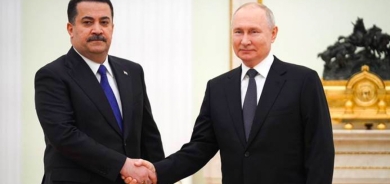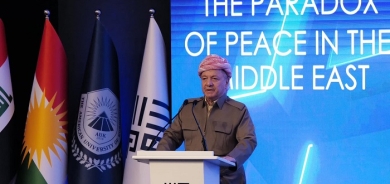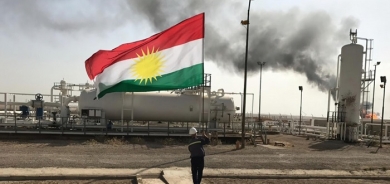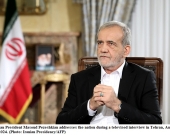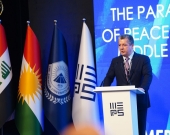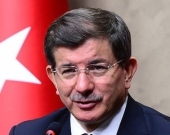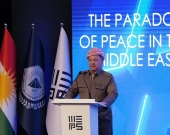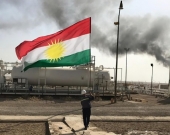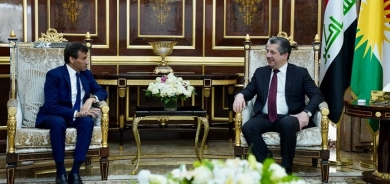Joint Efforts in Mine Clearance Across Iraq and the Kurdistan Region
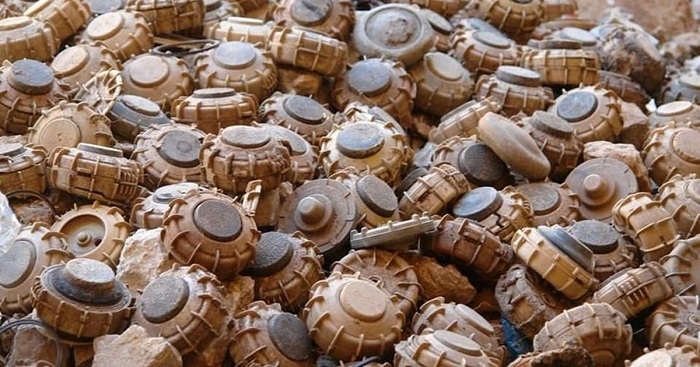
In a significant stride towards ensuring safety and reclaiming land, mine-removal teams in Iraq and the Kurdistan Region have successfully cleared 4,540 of the 6,600 square kilometers of mine-contaminated areas since 2003. This progress results from coordinated efforts between the Iraqi government in Baghdad and the Kurdistan Regional Government (KRG) in Erbil, according to the Iraqi Directorate for Mine Action (DMA).
Mustafa Hameed, head of media at the Iraqi DMA, stated to Rudaw that ongoing efforts are targeting an additional 450 square kilometers across Iraq. The provinces with the most extensive mine-contaminated areas include Basra, Diyala, Babil, and Anbar.
The Iraqi DMA and the Kurdistan Regional Government’s Mine Action Agency (IKMAA) have been collaborating closely since signing a memorandum of understanding last year. This agreement outlines their cooperation and mutual technical support, set to continue until 2028. Before October 16, 2017, IKMAA was active in Kirkuk, but since the re-establishment of federal control, the Iraqi DMA has led demining efforts in the province.
Lezma Fuad Sabir, IKMAA's media director, reported in December that 257 square kilometers of contaminated land remain in the Kurdistan Region, where clearing operations have been ongoing since 1992 to address the original 776 square kilometers of minefields. From 2019 to 2023, IKMAA cleared over five million square meters across the provinces of Duhok, Erbil, Sulaimani, and Halabja. In 2022 alone, more than two million square meters were cleared, highlighting the agency's commitment and progress.
The Mines Advisory Group (MAG), a global non-governmental organization dedicated to landmine clearance, reported clearing 5,830,532 square meters in Iraq in 2023 alone.
The widespread presence of landmines in Iraq and the Kurdistan Region is a persistent danger, stemming from conflicts such as the Iran-Iraq war, the 1991 Gulf War, the 2003 US-led invasion, and the Islamic State’s (ISIS) occupation from 2014 to 2016. Although significant progress has been made, vast areas still require clearance to ensure the safety and security of the local population.

